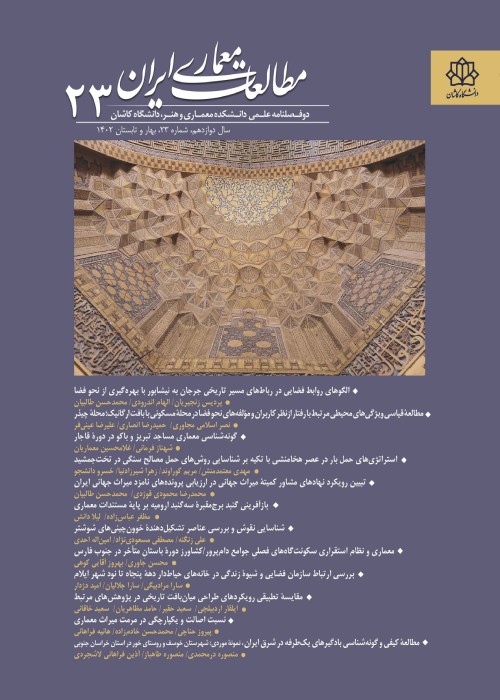The Value Internalization Model in Architectural EducationDesign, Application, and Test of a Model for Students' Affective Development in the Design Studio
The mismatches between the sensitivities, interests, attitudes, and values of an architecture instructor and the students regarding valuable and noteworthy elements of a design situation have always been encountered in architectural education. Specifically, as long as noteworthy elements from an instructor’s point of view are not internalized in students’ value system, there will be no belief in their value or usefulness in the students’ design process and so, no guarantee of applying them in practice. The main question of the paper is, "How does internalization of a value and its placement in the student value system happen in the architectural design studio?" Thus, the main purpose of this paper is to formulate a model/theoretical framework for 'internalizing values'. In this regard, an educational "value internalization model" is first proposed by interpreting and analyzing library resources, with a special focus on the five-stage model of affective development known as the taxonomy of affective domain. It has five levels and reflects the learner's affective encounter with the value of things. The higher these levels go, the greater the value in the internal structure controlling one's behavior. The five levels of the proposed model are: passive motivation, active motivation, planning the value discovery scenario, planning the practice of facing multiple values, and finally planning practice in different situations. Then, to evaluate the practical performance of the proposed model, a quasi-experimental test is designed, implemented, and reported. The results show that applying the suggested model in the architectural design studio can increase the students’ affective development over what the tutor is looking for. Thus, if the mentioned valuable item is in the design situation, the students consider it important and use it in their design processes.
- حق عضویت دریافتی صرف حمایت از نشریات عضو و نگهداری، تکمیل و توسعه مگیران میشود.
- پرداخت حق اشتراک و دانلود مقالات اجازه بازنشر آن در سایر رسانههای چاپی و دیجیتال را به کاربر نمیدهد.



